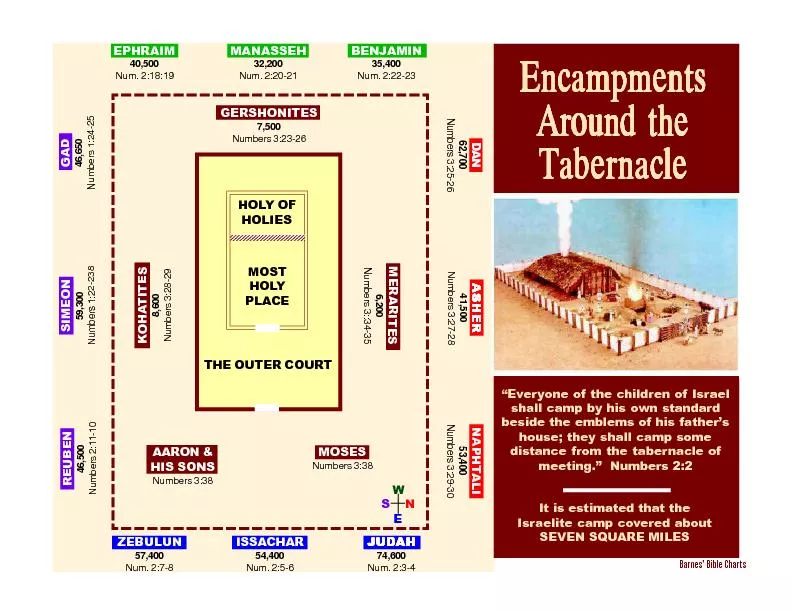PPT-Prince Shotoku •Prince Shotoku, who ruled around 600 C.E., created a strong, well-organized
Author : medshair | Published Date : 2020-08-04
Prince Shotoku admired Chinese civilization and wanted the Japanese to learn from it After 646 CE Yamato began the Taika or Great Change dividing Japan into districts
Presentation Embed Code
Download Presentation
Download Presentation The PPT/PDF document "Prince Shotoku •Prince Shotoku, who ru..." is the property of its rightful owner. Permission is granted to download and print the materials on this website for personal, non-commercial use only, and to display it on your personal computer provided you do not modify the materials and that you retain all copyright notices contained in the materials. By downloading content from our website, you accept the terms of this agreement.
Prince Shotoku •Prince Shotoku, who ruled around 600 C.E., created a strong, well-organized: Transcript
Download Rules Of Document
"Prince Shotoku •Prince Shotoku, who ruled around 600 C.E., created a strong, well-organized"The content belongs to its owner. You may download and print it for personal use, without modification, and keep all copyright notices. By downloading, you agree to these terms.
Related Documents













![[EBOOK] Funny Colorful Cats College Ruled Notebook - Cute Cats Print Composition Notebook](https://thumbs.docslides.com/1004188/ebook-funny-colorful-cats-college-ruled-notebook-cute-cats-print-composition-notebook-wide-ruled-notebook-8-5-x-11-large-110-pages-ruled-lined-journal-great-for-work-school-and-daily-use-notebook.jpg)
![[EBOOK] Notebook: Black Leopard College Ruled Notebook - Black Composition Notebook Wide](https://thumbs.docslides.com/1005467/ebook-notebook-black-leopard-college-ruled-notebook-black-composition-notebook-wide-ruled-8-25-x-11-large-150-ruled-lined-pages-great-for-work-school-and-daily-use.jpg)